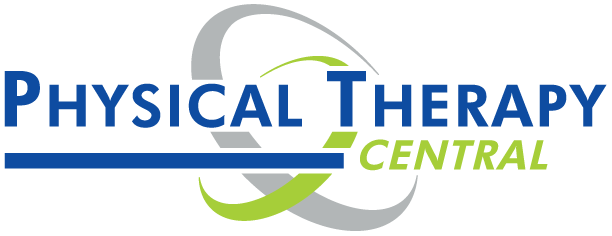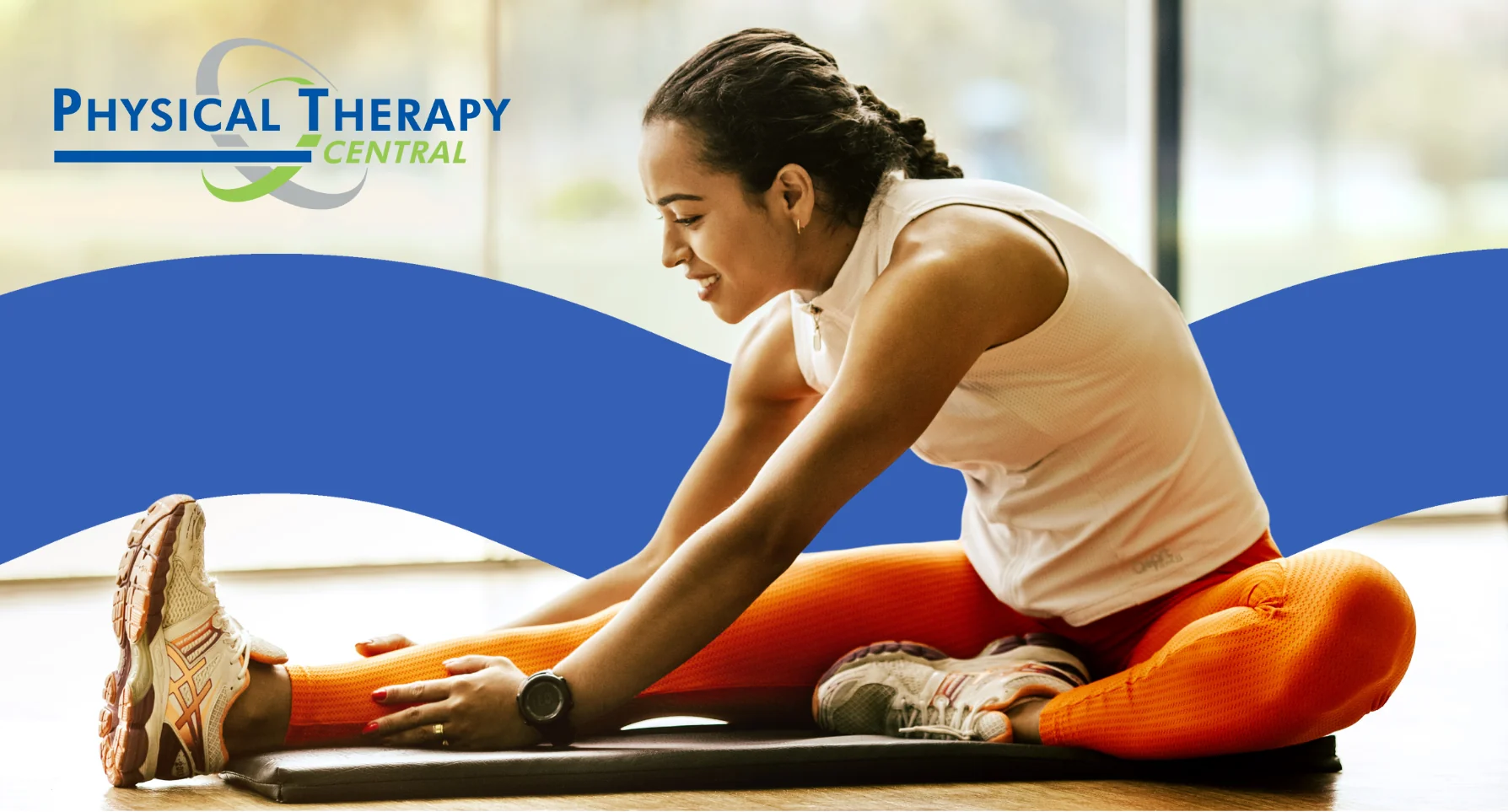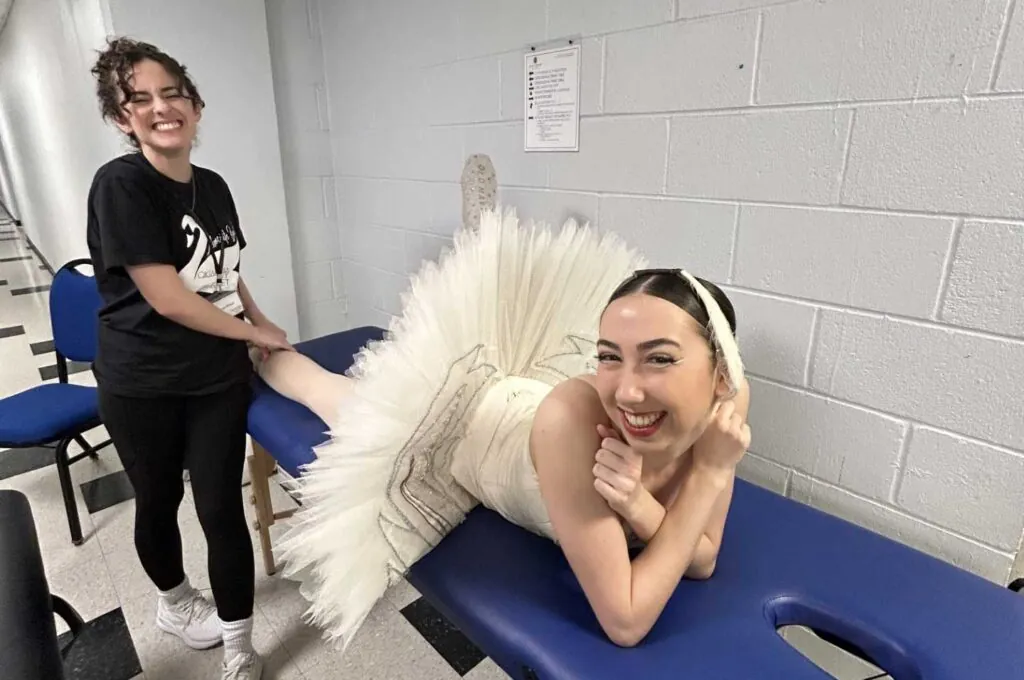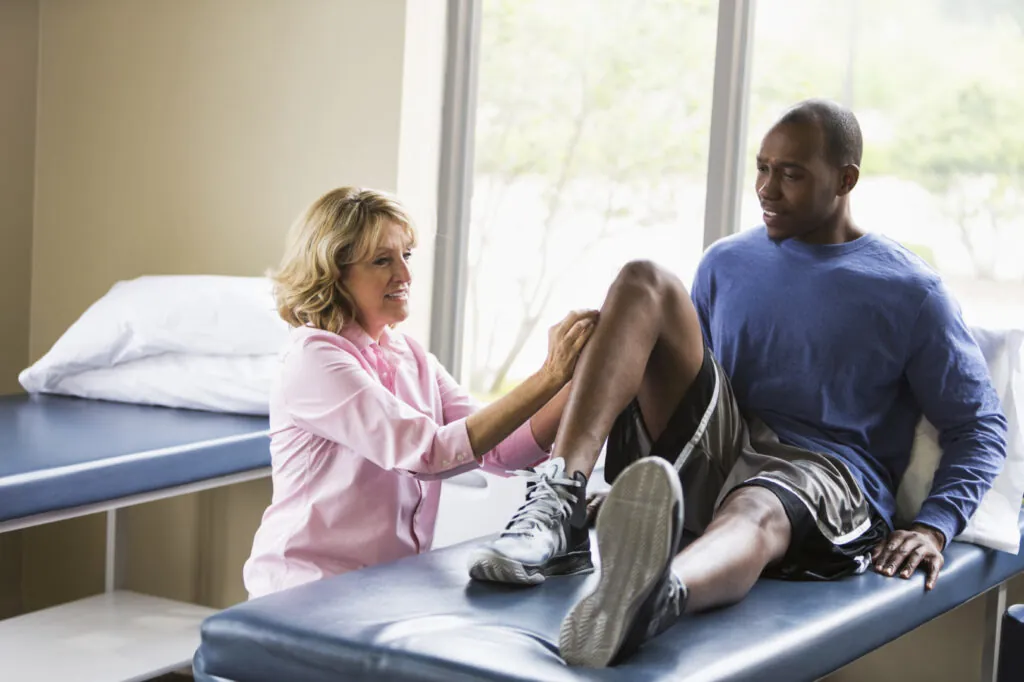Tight hips? You’re not alone. Many of us spend long hours sitting—at our desks, in the car, or on the couch—and it’s taking a toll on our hip mobility, posture, and overall comfort.
Recently, our very own Dr. Devin Trachman, PT, DPT, MTC, OCS, Clinic Director at Physical Therapy Central’s West Edmond location, was featured in Fit&Well to break down why hip immobility is so common and what we can do about it.
“Hip immobility is often the result of a sedentary lifestyle, prolonged time spent sitting, poor movement mechanics, and lack of purposeful stretching,” explains Devin.
She points to desk jobs and long commutes as two of the biggest culprits. Over time, sitting for long stretches and living in a constant state of hip flexion can shorten the hip flexors, limit glute activation, and contribute to stiffness, poor posture, and even pain in the low back or knees.
The good news? You don’t need a gym membership or fancy equipment to counteract the effects of sitting. According to Devin, small, consistent lifestyle changes—like moving every 30–60 minutes, alternating between sitting and standing at your desk, and incorporating targeted stretches—can make all the difference.
Devin’s Top 3 Hip Mobility Stretches
Devin recommends adding these three stretches into your routine 4–5 times per week, holding each for 30 seconds and repeating 3 sets per side:
1. 90/90 Hip Stretch
Sit on the floor with both knees bent at 90 degrees, one leg in front and the other to the side. Keep your torso tall and gently hinge forward over your front shin. This position helps open the hips and improves internal and external rotation.
2. Deep Lunge Hip Flexor Stretch
Step one leg forward into a lunge and drop your back knee to the ground. Keep your chest lifted and shift your weight forward until you feel a stretch at the front of your hip. This move counteracts all that time spent sitting in hip flexion.
3. Figure Four Stretch
Lie on your back with both knees bent. Cross one ankle over the opposite thigh to form a “4” shape. Thread your hands behind the bottom leg and gently pull it toward you. This stretch targets both the hips and glutes.
“The key here is consistency and control,” says Devin. “When performed regularly, these stretches help improve joint mobility, reduce discomfort, and support long-term function and strength.”
Protect Your Hips for the Long Term
You may not be able to change your job or daily schedule, but you can take small steps to protect your hips from the negative effects of prolonged sitting. Consistent mobility work today can help you stay active, strong, and pain-free well into the future.
Don’t let tight hips hold you back. Find a Physical Therapy Central clinic near you and take the first step toward lasting mobility.




